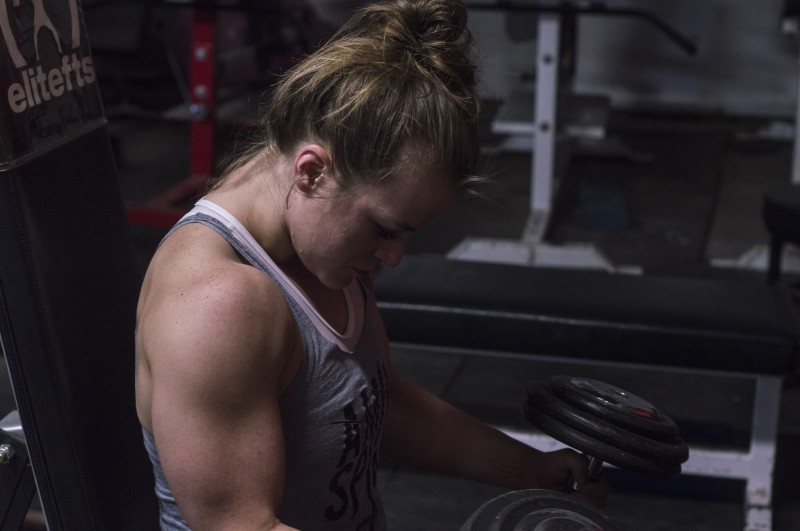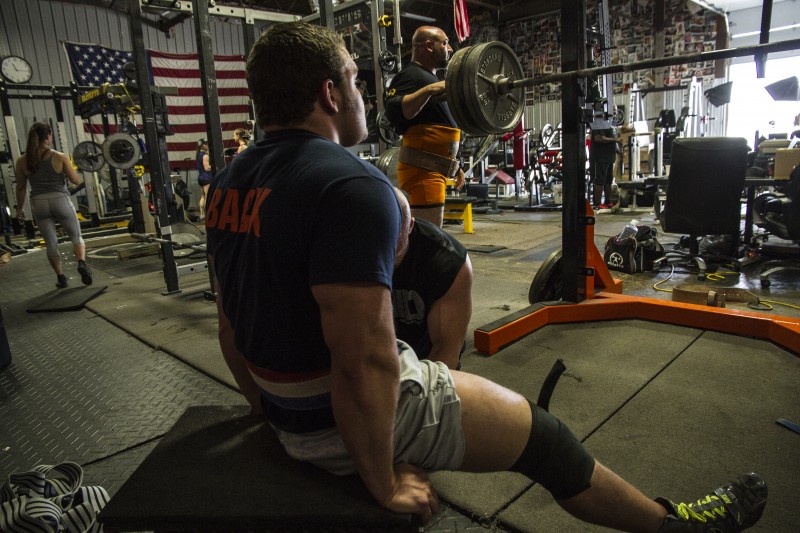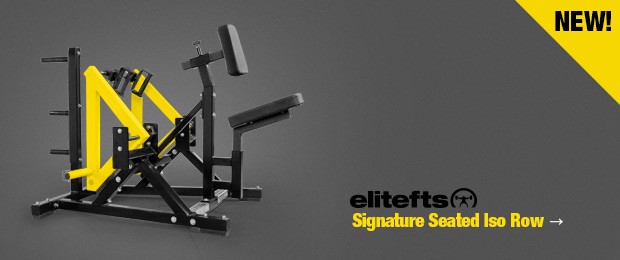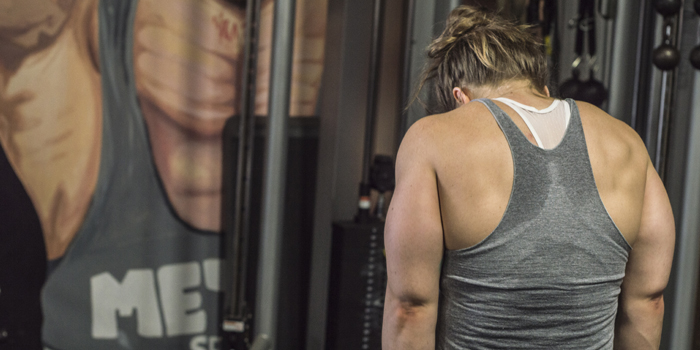
Muscle memory, the ability of the muscle to remember or store information from previous training interventions following a long-lived period of detraining as to accelerate the retraining process, is a fascinating subject of which we have only scratched the surface. Of great importance, however, is this phenomenon in relation to the structuring of an individual’s training, whether it be a coach, athlete, or weekend warrior.
Memory is an essential component of the human body, regardless of its area of origin. It must be understood that the body has one primary goal: to survive. Thus, while adaptation is a costly process, it is also a necessary process and, when a stimulus the body had to interact with in order to initiate this adaptation subsides, it is still universally acknowledged that remnants or “memories” are left behind.
As put forth by Levin et al, memory can be defined as, “experience-dependent modification of internal structure, in a stimulus-specific manner that alters the way the system will respond to stimuli in the future as a function of its past.”
Taking a real-world perspective is the impact of muscle memory on an athlete who is in a period of detraining. As put by Mujika:
Athletes often experience interruptions to training process and competition programmes because of illness, injury, postseason break or other factors, which may result in a reduction or cessation of their habitual physical activity level.
Understanding the impact training has on the body, and the body’s ability to program and remember this information, is essential to the implementation of maintenance and recovery cycles, along with techniques to mitigate instances of detraining. Of interest to any Eastern Bloc/USSR sport science readers, it is quite similar to residual training effects as put forth by Issurin and Verkhoshansky in their books “Block Periodization” and “Supertraining”, respectively.
What "memory" or encoded behavior takes place over hours, days, months, and years, based on the stimuli of an external stressor (in this case, exercise)? How does our body, specifically the skeletal muscle, respond to training and, following a bout of detraining, go about the retraining process? Does it remember its previous trained state? This article will look at these questions and some possible key players such as myonuclei, the cytoskeleton, and transcription factors.
Myonuclei and Muscle Memory
Muscle fibers are unique in that they are by far the largest cell-type in the human body, and subsequently require multiple nuclei to instruct a specific area of the muscle fiber in regard to the many metabolic processes. Interestingly though, myonuclei are non-mitotic, meaning they do not replicate themselves when needed. This would seem like a rather inefficient aspect of the muscle fiber. Thankfully, there are muscle specific stem cells called satellite cells.
Satellite cells are cells found between the basement membrane and the sarcolemma of a muscle fiber. Being that the myonuclei are non-mitotic and can only cover a certain area of space (termed the cytoplasmic-to-myonuclei ratio), it requires the recruitment of satellite cells to proliferate, differentiate, and take on the role of a myonuclei, thus allowing for continual hypertrophy within the muscle fiber.
RECENT: Fatigue and Exercise: A Review of Science and Implementation
The key area of interest concerning myonuclei and muscle memory is that they are non-apoptotic — they are not lost during atrophy. A study put forth by Gunderson demonstrated that following 21 days of denervation, marked decrease in overall cross-sectional area was present. However, there was not a decrease in myonuclei content.
What does this mean? This means that if I train and increase my myonuclei content by, say, fifty, and then cease training for four weeks (or much longer), that specific muscle fiber will still have those fifty extra myonuclei. And then, when I start to train again, I will be able to regain size and strength quicker than my baseline level (when I did not have those fifty extra nuclei).
While this model has been accepted by most researchers, it is still speculated as to the extent of which the muscle will recruit satellite cells in order to take on the role of the myonuclei. Many studies have shown that, following a training intervention, there was no increase in myonuclei content, while there was still an overall hypertrophic effect.
Shiaffino et al described that the necessity for an extreme external stimulus, such as very intense eccentric exercise causing muscle damage, is needed for satellite cells to be recruited. Further, Shiaffino speculated that a more gradual approach toward exercise has been demonstrated as an insignificant stressor and thus does not appear to increase overall myonuclei content.
While gradual implementation of external stimuli is very important for orthopedic soundness, periods of significant overload leading to sufficient myofiber damage and satellite cell recruitment may be warranted for long-term myonuclei content benefits.
Or, as has been demonstrated from a multitude of studies, taking steroids known to increase the overall myonuclei content may enhance this memory. This has been a very challenging area for those trying to catch steroid-users in elite sports, since one cycle of steroids can increase the myonuclei content. Then, once off the performance enhancing substance, the athlete still has increased myonuclei content, leading to enhanced adaptation abilities.
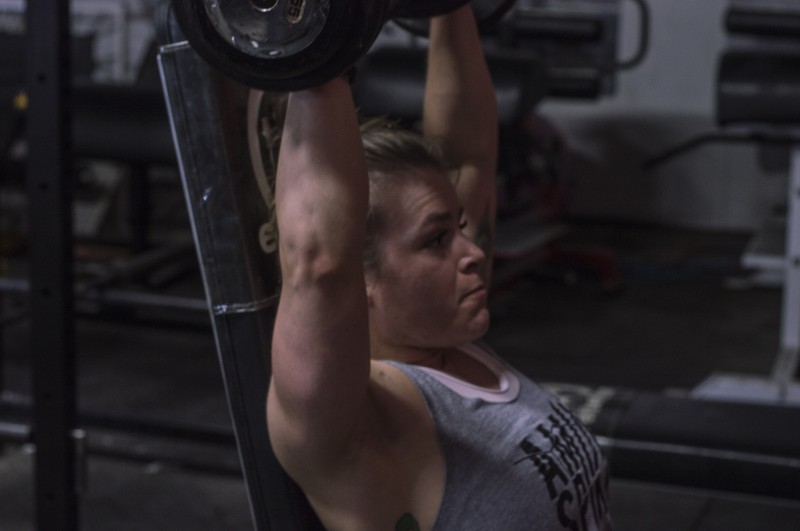
Intra-Nuclear Characteristics of Muscle Memory
In this section, being that we’re looking at the subcellular level, the best definition of muscle memory is, “the process by which information about the world is encoded into internal state (a memory-trace) in order to behave more adaptively in the future.”
Protein synthesis is a complex and daunting task, considering the many processes that take place. However, breaking it down into its basal constituents, protein synthesis has two primary departments: transcription and translation.
Recalling introductory organic chemistry, transcription "transcribes" the information from DNA to a new strand of information called mRNA. The mRNA then travels out of the nucleus and connects with a ribosome and tRNA to "translate" this information to a polypeptide (protein), hence protein synthesis. I will look specifically at transcription.
Transcription has three main aspects to it: initiation, elongation, and termination. The rate limiting step, and thus the most important step, is the initiation portion. Specifically, when looking at muscle memory, key areas of interest are transcription factors: proteins, which bind to the DNA to accelerate the transcribing process.
Recently, transcriptome memory in relation to endurance-based training was found to have minimal memory concerning the transcription process. Having said this, it should also be noted that the time between the two training interventions as to determine if there is possible retained information in the transcriptional apparatus was nine months — a far longer period than most detraining periods.
However, this specific study did show a reduced isoform alteration in gene expression from the previously trained leg to the untrained leg. The reduction may be due to a prolonged adaptation which, in this case, may be termed "memory", thus showing a transcription memory, even at such a lengthy detraining period. It can be speculated that a more common detraining period, such as one to three months, would show this transcription memory to a greater degree.
Simply put: following a detraining period, quantity and activity of increased transcription is still being studied. This is an area of minimal current research, and the studies that do look at its possibility have used timeframes unlike those used by most athletes. Because of this, its plausibility is speculation at best, though it is certainly not out of the question.
Celluar Structural Components of Muscle memory
Taking a step out of the possible transcribing memory within the nucleus, it is now important to look at the possible memory of the structural components of the muscle fiber, specifically the cytoskeleton.
The continuity of the muscle fiber in regard to its communication pathways are rather amazing. A direct link can be seen from the extracellular matrix to the cytoskeleton to the nucleus and even to the individual chromatin within chromosomes. This is made possible via transmembrane proteins (both cell membrane and nuclear membrane) called integrins and LINC.
Taking this into consideration, it has been postulated that the cell structure dictates overall transcriptome function (what we already touched upon) more so than signal transducing mechanisms (signal transducing – such as testosterone-initiated signaling in the cell). The primary mediator of the cellular structure is the cytoskeleton.
Of most importance for this article is the impact that detraining and possible memory that the cytoskeleton possesses and subsequent alteration of gene expression. It has been stated that “[t]he cytoskeleton has long been a favorite locus of information storage and control in single-celled organisms, where it regulates behavior and serves as a non-genomic repository for permanent somatic changes such as cell surface chirality changes.”
WATCH: Westside Misconceptions — Athlete Recruitment Process
Through training, the many proteins of the cytoskeleton are in a constant flux. Proteins such as tubulin, myosin, and actin alter position and change their overall quantity. This change in cytoskeleton structure will inevitably alter the shape of the cell. It has recently been shown that any mechanical alteration and structural change of the cytoskeleton leads to change in gene expression.
So, if we have training that alters the cytoskeleton structure, how long do these structural adaptations from the training last? How long does this cytoskeletal memory stick around?
The honest answer?
It has yet to be studied. Cytoskeletal alteration to external stimuli has preferentially been allocated to the study of microgravity (gravity consisting of less than 1g, as is found in outer space) and not to periods of training intervention implementation.
Microgravity studies have shown an immediate alteration and decreased quantity of various cytoskeletal proteins, as expected. This decrease in cytoskeletal stress fibers decreased overall anabolic processes within the cell and increased apoptotic processes. Following return to a 1g environment, these cytoskeletal changes were reversed in approximately one week.
This being the case, the timeframe is still unclear in relation to training-induced cytoskeleton alteration. What is clear, however, is the long-term effect is nowhere as great as muscle memory concerning myonuclei. Having said this, it is not unrealistic to question its possibility of maintaining the training-induced cytoskeletal changes from two to four weeks, and even longer if moderate training or a cycle of maintenance-focused training is continued.
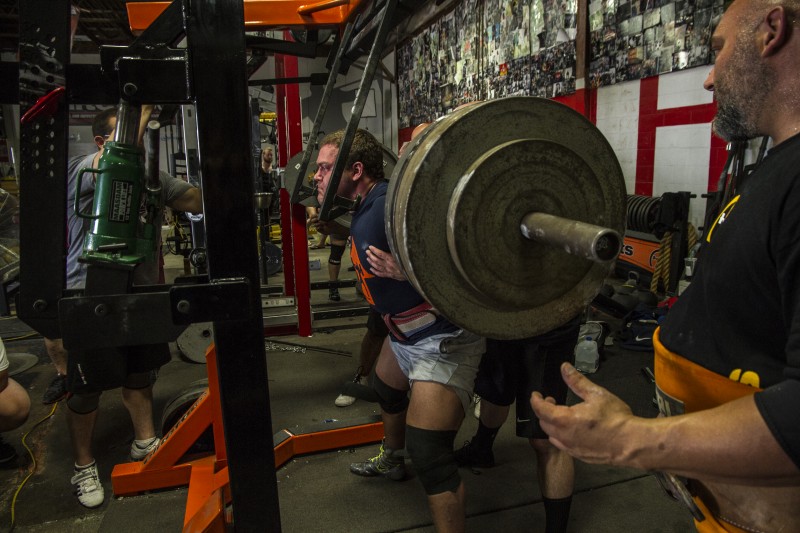
Conclusion
I hope it is apparent that the muscle memory phenomenon is a multi-faceted process with many different areas of the body having a different “memory” in relation to degree and timeframe. For example, following an eight-week detraining period, the overall quantities of various enzymes (such as citrate synthase) were increased compared to baseline levels. Further, myelination of axons has been a key area of interest in relation to skill acquisition and retention to form a memory. Thus, this article is only scratching the surface of the body-wide memory process and is only taking into consideration the cellular and molecular changes.
Enhanced myonuclei content, long-term cytoskeletal alterations leading to enhanced intracellular signaling processes, and transcriptome memory have all been studied and their involvement in the muscle memory phenomenon has been speculated. All of these areas can be improved and, if a period of detraining is required, many of these specific adaptations will maintain their long-lasting effects.
Thus, for coaches, athletes, and weekend warriors alike, taking a break from training is not the end of the world. Might your bench decrease slightly or your squat drop a few pounds? Yes. However, the ingrained memory on both the muscular and neural level have not been lost, and your ability to get back to where you were will be much quicker than where you were previous to the training intervention.
References
- Baluška, F., & Levin, M. (2016). On Having No Head: Cognition throughout Biological Systems. Frontiers in Psychology, 7, 902. http://doi.org/10.3389/fpsyg.2016.00902
- Bruusgaard JC, Johansen IB, Egner IM, Rana ZA, Gundersen K. Myonuclei acquired by overload exercise precede hypertrophy and are not lost on detraining. Proceedings of the National Academy of Sciences of the United States of America. 2010;107(34):15111-15116. doi:10.1073/pnas.0913935107.
- Carlsson S. I., Bertilaccio M. T., Ballabio E. & Maier J. A.Endothelial stress by gravitational unloading: effects on cell growth and cytoskeletal organization. Biochimica et Biophysica Acta (BBA)-Molecular Cell Research 1642, 173–179 (2003)
- Mujika, I. & Padilla, S. Sports Med (2000) 30: 79. doi:10.2165/00007256-200030020-00002
- Tagkopoulos, Ilias, Yir-Chung Liu, and Saeed Tavazoie. “Predictive Behavior within Microbial Genetic Networks.” Science (New York, N.Y.) 320.5881 (2008): 1313–1317. PMC. Web. 27 May 2017.
Luke Olsen is a current graduate student within the Exercise Physiology department at the University of Kansas with research interests related to exercise’s role in cellular and molecular physiology.









